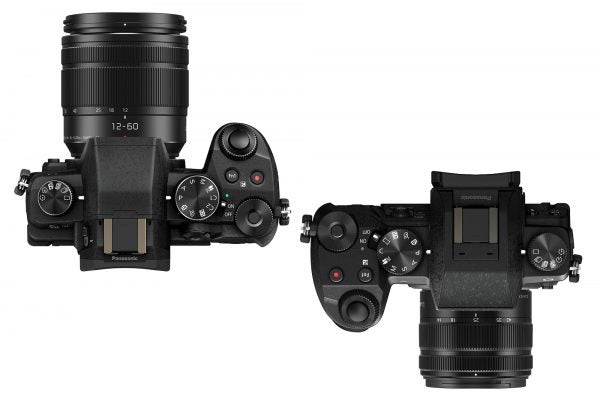We take a closer look at the new mid-range compact system camera from Panasonic
The new G80 camera sits in the middle of the Panasonic’s range of compact system cameras, just like the G7 did. Or still does. Panasonic seems to have kept the G7 in the range for the moment, being available at a cheaper price than the G80.
In this rundown, we’ll take a look at whether the new specifications of the G80 make it worth parting with a bit more cash than the G7.
Panasonic G80 vs G7: Sensor
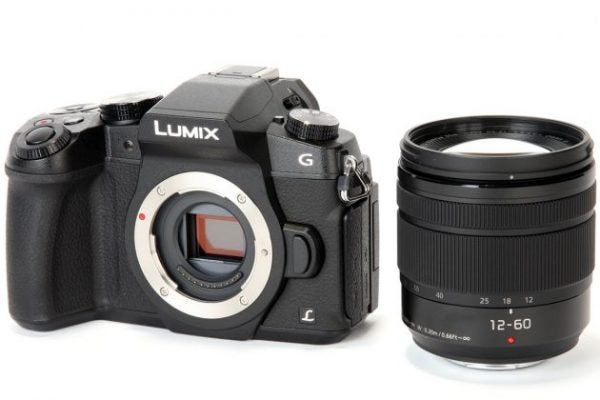
In terms of resolution and size, the G80 and G7 have the same sensor – both are 16 megapixel Four Thirds sensors. However, the G80, like the very (confusingly) similarly named GX80, has no anti-aliasing filter. What this means in real terms is that images should be noticeably sharper as the sensor is better equipped to resolve detail.
Panasonic G80 vs G7: Stabilisation
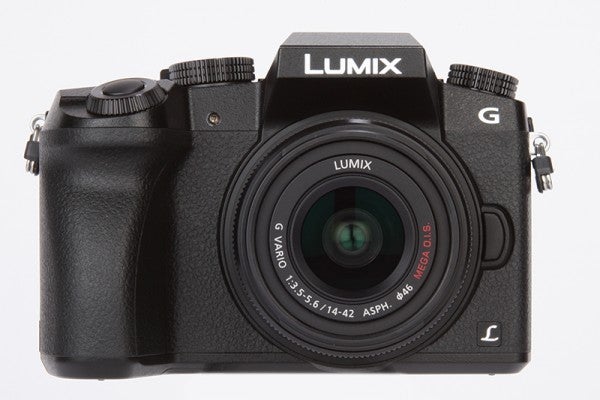
Another big improvement the G80 offers is 5-axis image stabilisation which works in conjunction with dual IS offered by Panasonic lenses to help prevent blurry images due to shake when shooting hand-held. By contrast, the G7 doesn’t have the 5-axis available.
Panasonic G80 vs G7: Frame rate
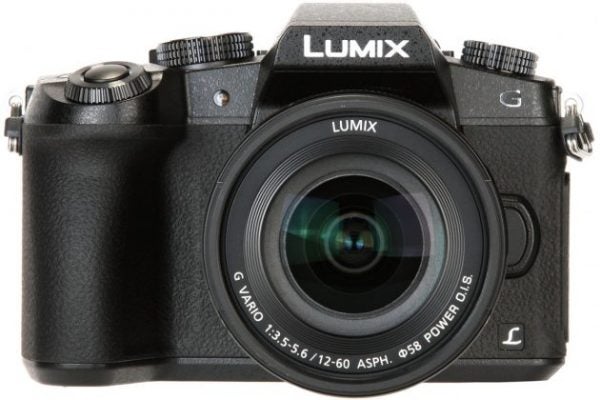
There’s not a huge jump in frame rate – the G80 can shoot at 9fps, compared with the 8fps of the G7. However, what is more impressive is the increase in the buffer. The G80’s buffer will only fill once you’ve fired off 45 raw format shots – or up to 300 JPEG shots. By comparison, the G7 could only manage 13 shots before the buffer filled.
Panasonic G80 vs G7: Screen and EVF
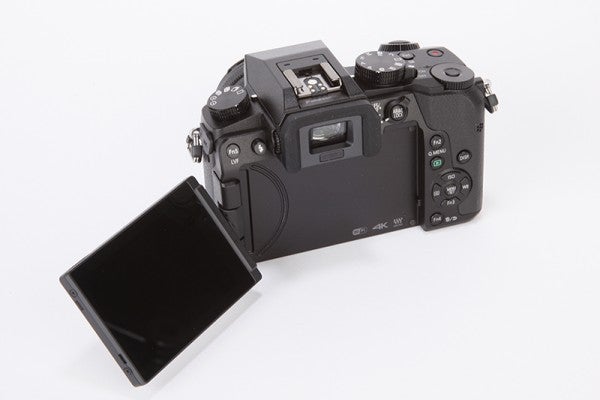
Both the G80 and the G7 have more or less the same statistics when it comes to how you compose your shot. Both have a free-angle (articulating) touch-sensitive screen, with 1040k-dot resolution. However, the viewfinder is ever so slightly tweaked. It still has 2360k-dots, but it’s now 0.74x magnification, compared with 0.7x magnification of the older camera.
Panasonic G80 vs G7: Video
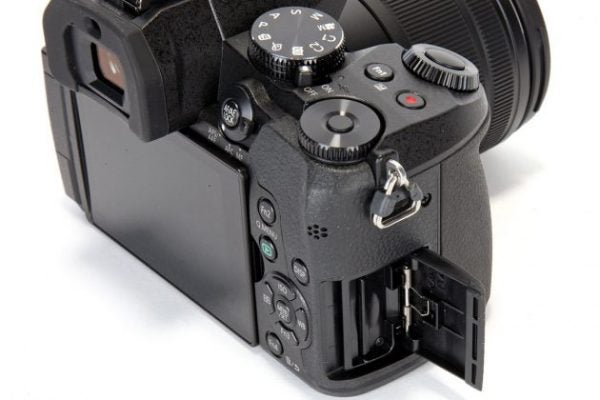
The G7 was one of the first Panasonic cameras to have both 4K video and 4K photo modes. It’s no surprise to also see these appearing on the G80, as they proved to be very popular. There’s also another improvement made to video functionality – the old 29 minute, 59 second recording limitation has now been lifted. You can now shoot for up to 120 minutes in one go (depending on the resolution you use).
Panasonic G80 vs G7: Body
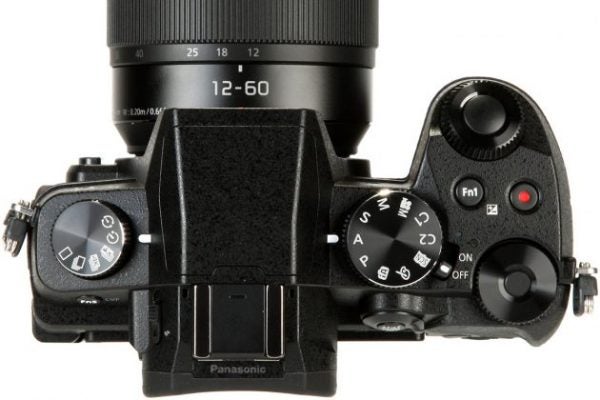
In terms of shape and size, the G80 and G7 are not too dissimilar. The G80 is slightly larger, measuring in at 128.4 x 89 x 74.3mm, compared with 124.9 x 86.2 x 77.4mm. More significantly however is the fact that the G80 weighs in at 453g, while the G7 weighed just 360g. Both are still significantly lighter than DSLRs, though. The G80 features weather and dust sealing too, making it able to withstand a downpour or two.
Panasonic G80 vs G7: Battery life
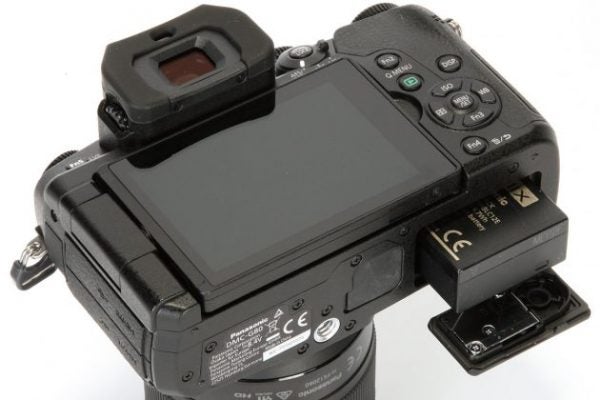
Battery life has taken a slight hit when it comes to the G80, which manages just 330 shots in one charge. The G7 could do slightly better at 360. It’s worthwhile investing in a second battery for either camera if you think you’re likely to be using it heavily in any given day.
Panasonic G80 vs G7: Focus stacking
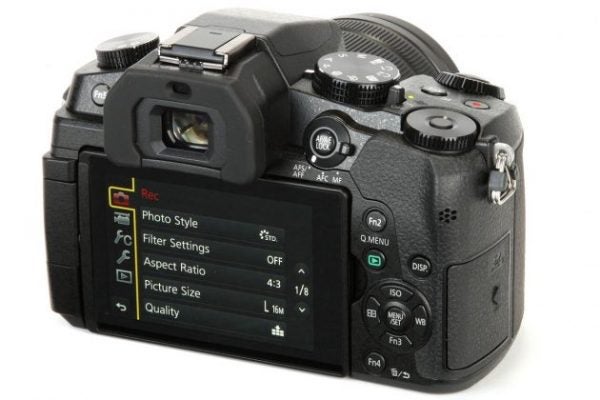
While the G7 has Post Focus available via a firmware upgrade, only Panasonic’s newest cameras have the new Focus Stacking mode. It can take a set of shots all with a different focus point – and then merge them together in camera to produce close-up macros with a very wide depth of field.
Panasonic G80 vs G7: Price
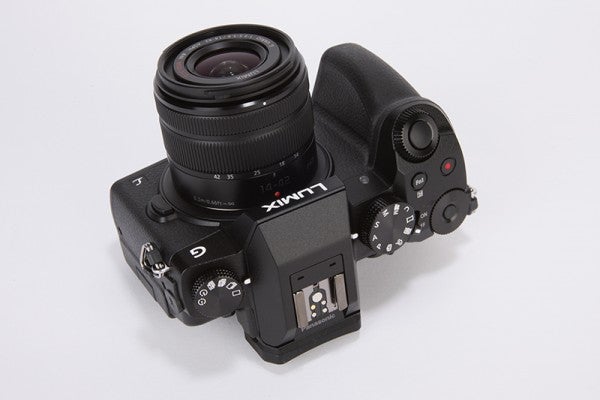
Both cameras are good, but the G7 is going to set you back a significant chunk less than the G80. At the moment you can pick up the G7 with a 14-42mm lens for £499. Meanwhile, the G80 is available for around £799.99 with the 12-60mm lens (which is arguably a better optic though).
Panasonic G80 vs G7: Which should I buy?
The answer to this very much depends on what kind of subject you like to shoot. If your subjects tend to be quite detail rich, or you like to take photos outdoors in mixed weather conditions, shooting hand-held, then the G80 could very much be worth the additional investment.
Read more:





